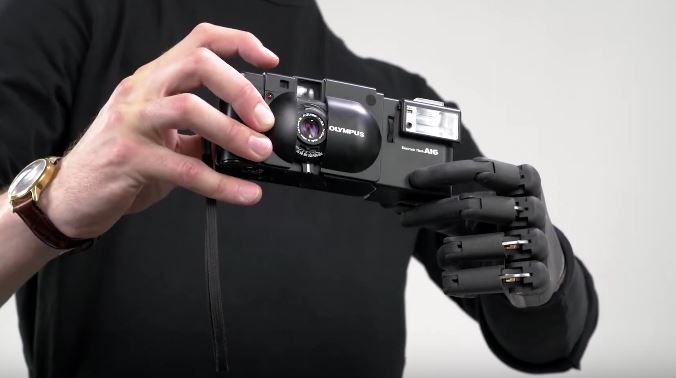The most essential question, the most revealing and purposeful, is perhaps “why prosthesis?” when it comes to having a clear understanding. The need for prostheses is greater than individual demands. A load of amputations not only drags down individuals but entire societies. This load of losses slows down the wheel of progress. Which given the state of humanity is unacceptable.
Amputations are extreme measures, taken in order to save a life from a certain end. Unstoppable cancer, or an infection or maybe a bad wound can result in loss of a limb. And this loss is irreversible given the state of progress in developmental biology. The best rehabilitation option for these individuals is prosthesis mediated rehabilitation. Prosthetics can not give back all the functions and sensory aspects of a real limb to an individual. But it can give back in significant quantities so that the amputee can live through the worldly ordeal each one of us faces every day. After the emergence of bionics, prosthetics transformed for the better.
But every amputee struggling out there can not avail to the plethora of blessings offered by bionics. The limiting factors lie in the build and technicalities of a bionic prosthesis. This article will discuss just that. And try to provide a guideline in order to direct the right people towards the right option.
How it works
In order to understand the limitations, we must concentrate on understanding how a bionic arm functions. The mechanisms depend on EMG signals generated by residual muscles left after an amputation. These muscles generate differential EMG signals which are received by EMG sensors of the bionic arm. These receptors are placed in a non-invasive manner so they can not reach the sensory nerve bundles. Hence the function of a bionic arm is limited to motor activity only.
This EMG signal is then transmitted to the microcomputer present on board. The computer processes the EMG inputs and translates the same into movements and gestures. The number and efficiency of actions depend on the hardware a bionic arm possesses. This possession also determines the bionic arm cost and serviceability.
Why not every amputee?
Residual muscles and length of limb
Clearly, the implementation of a bionic arm is dependent on the presence of residual muscles. Due to the candid nature of amputations and the scenarios, they are performed in, not every amputee can retain the residual muscles. The problem would have ended there if the EMG sensors were invasive and able to reach the nervous system itself. Unfortunately, the sensors are not at all invasive hence completely dependent on muscle EMG signals. The amputees who can not present the relevant muscles are not qualified to wield a bionic arm.
The length of the residual limb is also important for wielding the prosthesis successfully. Without a desirable length, it is impossible to fit and function properly.
Presence of neurological disorders
In order to wield a bionic arm, an amputee must go through a rigorous training and incubation process. This time is important for understanding the limitations and capabilities of a bionic arm. During this time the bionic prosthesis is calibrated by the manufacturer in order to match the neural capabilities of the patients. This setup can be challenged, in the presence of neuropathological disorders. And if the disorder is progressive in nature a gradual deterioration in performance is expected. Hence before investing time, money and labour an amputee should get a fair diagnosis. In severe and obvious cases both the manufacturer and the amputee should be saved from the pain by appropriate diagnosis.
Absence of phantom limb
After an amputation, our body refuses to acknowledge the loss immediately. Rather it can not because of a few anatomical features like myelination and relevant plasticities. Hence the brain continues to sense the limb which is actually not present. This phenomenon is known as the phantom limb phenomenon. And this phantom limb ensures a smooth adaptation of any bionic enhancement. Hence the presence of phantom limbs must be protected by stimulating the relevant anatomical features. And If the bionic enhancement is not implemented quickly the features may vanish under a load of underutilization. It is recommended to implement a bionic limb while the phantom limb is at its strongest.


